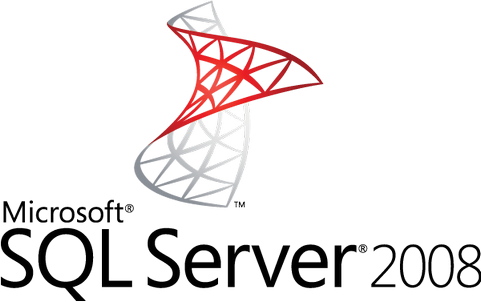
The simple answer is: Yes, you should. But there is more to tell. Here is some explanation on what ‘end of support’ actually means and some scenario’s you might want to follow to ‘fix’ old SQL Server installations.
Microsoft support, how does it work?
When Microsoft release a product or a new version, the support lifecycle starts. Depending on which product it is, the mainstream support varies between 18 months (example: some Windows 10 editions) to multiple years. For SQL Server 2008 and SQL Server 2008 Release 2 (R2) the mainstream support ended 4 to 6 years after release date, on July 8, 2014.
Ending mainstream support means that Microsoft no longer enhances the product, all warranty claims end and Microsoft  will no longer accept any suggestions for improvement and fixes. But … security updates and hotfixes for known reliability issues are still available until the End of Extended Support Date …
will no longer accept any suggestions for improvement and fixes. But … security updates and hotfixes for known reliability issues are still available until the End of Extended Support Date …
End of Extended Support SQL Server 2008
The Extended Support End Date for both SQL Server 2008 and SQL Server 2008R2 is July 9, 2019 and that is only some 6 months away. After that date, customer can no longer count on any security patches, bug fixes or reliability patches. In simple words, ‘you are on your own’.
Security
With SQL Server being the main business database solution and mostly containing critical business data (such as the data for your main business applications), keep using out of support SQL Servers is a big financial, organizational and security risk. With no more security fixes issued, your SQL Server 2008 is a much wanted and easy target for cyber criminals.
Upgrading or modernizing?
You can always upgrade (in place upgrade or side-by-side upgrade) your SQL Server to a newer version, preferably SQL Server 2016 or up. But there are other ways available. You might consider migrating your SQL Database to an Azure Managed SQL Instance. In that way you no longer have to worry about keeping your SQL Server up-to-date and secure. Let Microsoft handle that for you and your organization simply consumes a Database as a Service.
Off course there are multiple ways to ‘modernize’ your SQL Data Estate. Might you want to know what scenarios are available to your organization? Ask the licensing experts at Quexcel. We are here to help.
